#volcanology
Text

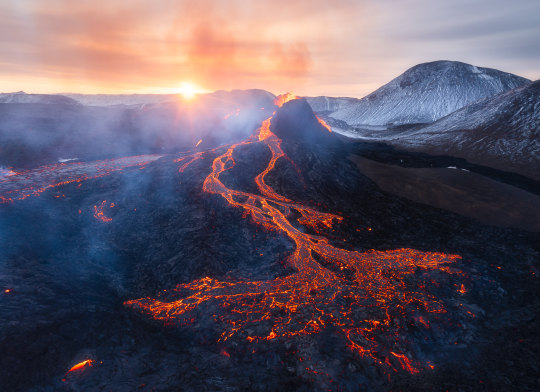


by Uldis
#volcano#eruption#iceland#lava#volcanic#landscape#nature#volcanology#travel#naturecore#curators on tumblr#uploads
9K notes
·
View notes
Text

Cross sections,
Ella Webb
314 notes
·
View notes
Text
You don't have to be an expert volcanologist to figure out that drilling straight into the side of a volcano is a rather ambitious idea.
But that's exactly what a team of researchers are planning to do in the next couple of years in Iceland in what would be a scientific first.
Continue Reading.
162 notes
·
View notes
Text

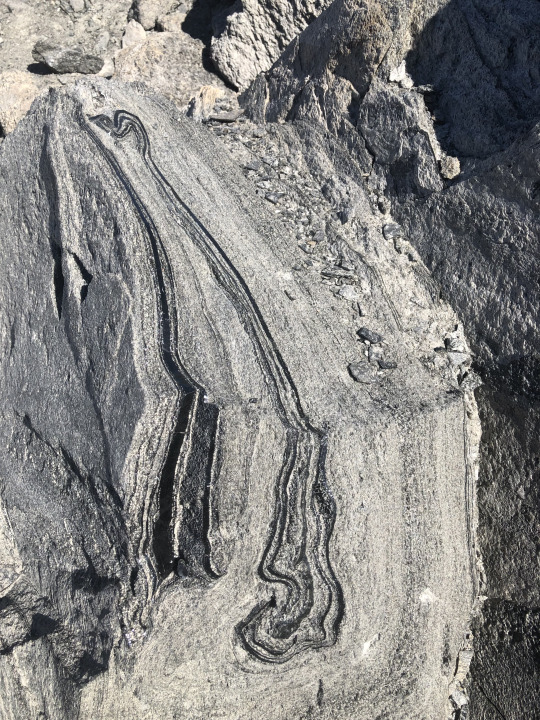
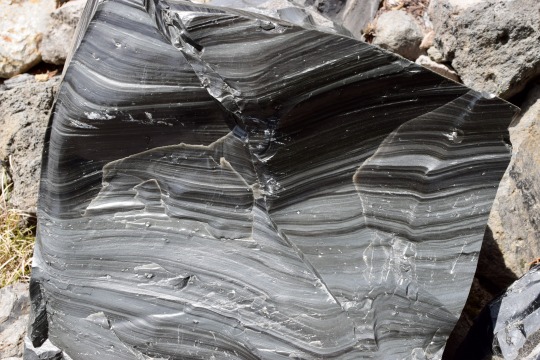
The Big Obsidian Flow is the youngest lava flow in Oregon, at the juvenescent age of ~1,300 years before present. It's a product of the most recent eruption of Newberry Volcano, the largest in the Cascade Range north of the California border (Medicine Lake Volcano is the largest overall). Newberry is a bit enigmatic - it's a huge volcano with a high rate of large eruptions but is not on the main Cascade volcanic arc. There's a number of converging fault zones in this area, which probably create significant crustal weakness allowing magma to percolate through the crust quickly.
Obsidian is common in lava flows of the rhyolitic composition, which is the most evolved kind of magma. Rhyolite magma spends lots of time spent in the crust for crustal rocks to contaminate the magma body and for heavier iron/magnesium-rich minerals to settle out, leaving behind a melt with over 68% silica (quartz). Silica is the same stuff regular glass is made of, so the higher your silica content then the glassier your lava flow is likely to be on the surface. The bands present in big chunks of obsidian are the result of shearing, differential cooling/composition, and flowing during the lava flow. This is very thick, sticky, viscous lava that doesn't like to flow. As it cools, it breaks rather than bends and turns the lava flow into a moonscape of glass shards and boulders.
The large amount of obsidian at this and other flows around Newberry Volcano is interesting because the volcano is mostly made of basalt - a lava with a near-opposite composition from rhyolite. Akin to Mauna Loa or Iceland, most of Newberry's lava flows form a broad shield more than 60 miles N-S and 30 miles E-W (roughly 100x50 km). The central part of the Volcano is about ten miles (16 km) across and contains a caldera formed when the central summit collapsed ~75,000 years ago. The caldera has been filled by subsequent eruptions and by two lakes separated by a big pumice cone. This means that the volcano produces - simultaneously - a wide range of magma compositions, indicating a complicated and long-lived magmatic system. Hazards from Newberry (to the 200,000 people living on its slopes) are not limited to fluid basalt eruptions that slowly blanket the landscape but also major explosive eruptions. The Big Obsidian Flow is a representative of the latter. Ash and debris from that eruption is found as far away as Idaho, and is many meters deep near the eruption's vent.
#oregon geology#geology#lava#magma#obsidian#volcano#volcanology#newberry volcano#central oregon#bendoregon#Cascade Volcanoes#PNW Volcano#rocks#oregon
159 notes
·
View notes
Text
Drawing I did in my sketchbook while in Hawai’i, inspired by the volcanic regions I visited
New Great Beast kaiju for Astral Drift

#kaiju#art#oc#monster#character art#original character#astral drift#volcano#volcanic#lava#eruption#volcanology#magma#axolotl#great beast
60 notes
·
View notes
Text
Guys i love my very normal wife. The wife that is not an active volcano. My wife is not an active volcano why would you think that. My wife has normal human skin and is not made mostly of andesite. She is a human woman and not a volcano. My wife is a normal human height and not 8.3k ft tall. What. She is NOT known for explosive eruptions OR pyroclastic flows OR ash plumes OR lahars OR landslides. You are crazy. CRAZY. I love my wife
Ok bye ty for listening
145 notes
·
View notes
Text
Very cool!
314 notes
·
View notes
Text







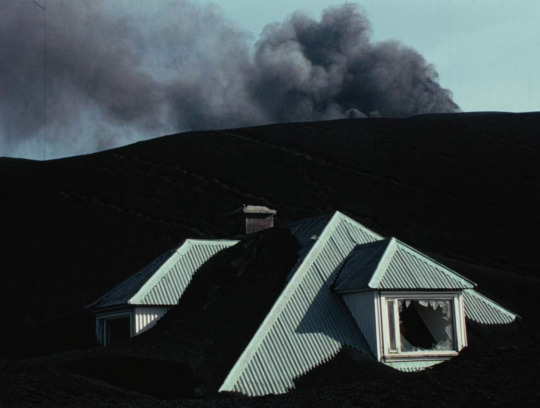


#121
#fire of love#2022#sara dosa#katia krafft#maurice krafft#documentary#2020s cinema#cinematography#movie screenshots#movie screengrabs#movie screencaps#movie frames#movie#movies#cinematography appreciation#escapism through film#the beauty of cinema#films#volcanology#volcanic eruptions#10 frames from film#my ss#oscars 2023
623 notes
·
View notes
Text
US Geologist and Idaho University professor Shawn Willsey, who stayed in Grindavik while studying recent Iceland eruptions, has been providing news, maps, photos, earthquake data, explainers, info from local contacts, and answering questions as he follows Iceland's volcanic activity from afar. He'd given a drone guided tour just this morning, a few hours before the eruption commenced.
This evening, about five hours after the eruption started, Shawn and Johan from NatureEye.com gave another drone livestream of the eruption (following rules set by local authorities).
Views of lava fountains with Shawn providing context and observations (good news for the moment re: initial lava flow direction):
He's not doing this in any kind of official capacity, but because it's his area of expertise and personal interest. He was already a science educator posting geology field trip videos of interesting places around Utah and Idaho, which is how I stumbled across him. But his liveblogging this fall on Iceland's geologic unrest suddenly made his channel go viral.
71 notes
·
View notes
Photo
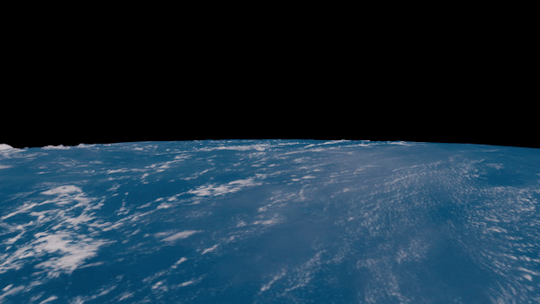
Record-breaking Tonga volcano disrupted satellite signals in space | Space
The January 2022 Hunga Tonga-Hunga Ha'apai eruption continues to astound.
An underwater volcanic eruption last year was powerful enough to generate plasma bubbles that disrupted radio communications in outer space, a new study finds.
The new results could lead to ways to avoid satellite and GPS disruptions on Earth, and to learn more about volcanoes on alien worlds, scientists added.
In January 2022, the Hunga Tonga-Hunga Ha'apai submarine volcano — a large, cone-shaped mountain located near the 169 islands of the Kingdom of Tonga in the South Pacific — erupted with a violent explosion. The outburst generated the highest-ever recorded volcanic plume, one reaching 35 miles (57 kilometers) tall, and triggered tsunamis as far away as the Caribbean. All in all, the eruption was the most powerful natural explosion in more than a century...
88 notes
·
View notes
Text

Sketchbook pages,
Ella Webb
168 notes
·
View notes
Photo










SUBLIME CINEMA #634 - FIRE OF LOVE
A beautiful documentary. Although I had never heard of Katia or Maurice Krafft before this film, I feel like the passion they shared for the earth and each other is universal, and so familiar. A gem of a subject for a doc - with tremendous footage, and a great, otherworldly adventure and tragedy.
#cinema#film#films#movie#movies#documentary#doc#docs#fire of love#katia krafft#maurice krafft#krafft#volcano#volcanology#french#france#French film#national geographic#natgeo#filmmaking#filmmaker#film stlils#fire#love#love story#tragedy#tragiic#Sara Dosa#female directed films#female director
207 notes
·
View notes
Text
Keeping an eye out

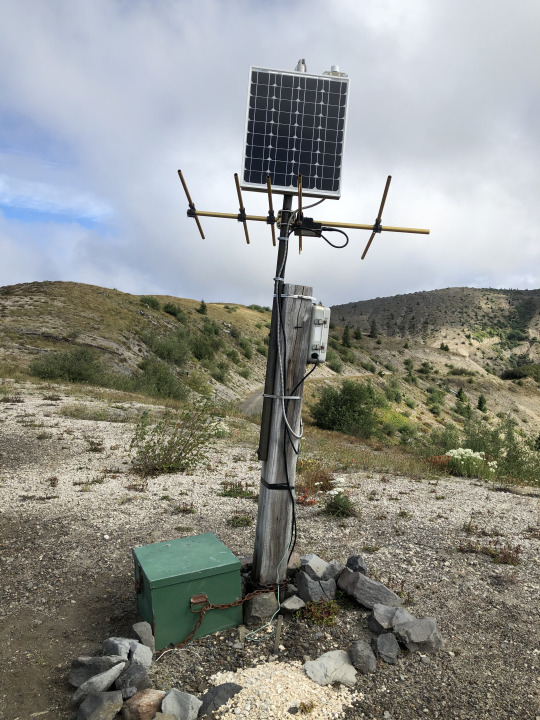
Mount St. Helens is the most active volcano in the Cascades. It's major eruption in 1980 has been succeeded by about 10 other smaller eruptions and maintains near-constant microseismicity. The first pictures show one of the close-in monitoring stations at Windy Ridge. The USGS Cascade Volcano Observatory maintains a number of large monitoring stations close to the mountain, near the vent, where they've been armored to protect from eruptive activity. These stations typically include a seismometer (seismogram here), a GPS station (the white dome), and other equipment like geophones or a webcam. Volcanoes never erupt spontaneously, they are always preceded by some kind of activity - usually small earthquakes - and let you know when they're ready to go. St. Helens hasn't done anything since about 2010, taking a well-deserved rest after the major lava dome growth in 2004-2008.
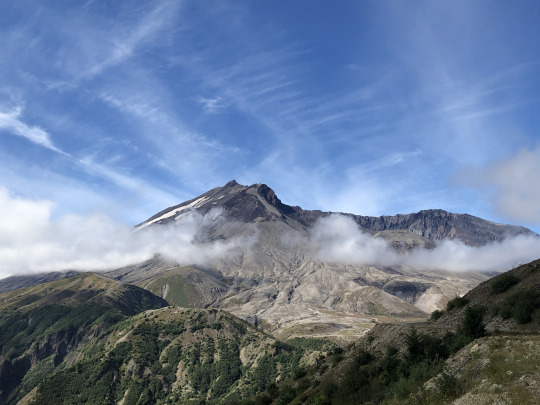


Around the mountain to the southeast, you can hike through the Plains of Abraham's pumice fields and past the slot-canyon head of Ape Canyon to the rim of the Muddy River, where another monitoring station reports seismicity and GPS data. The GPS stations observe the shape of the volcano over time. As gas, fluids, and magma move around inside the mountain, the surface deforms. Rapid or dramatic deformation is often indicative of impending eruption or other activity, and is one of the most important parameters in the volcanologists' arsenal.
#geology#pacific northwest#washington state#washington geology#mount st helens#volcano#cascade volcanoes#gifford pinchot national forest#volcanology#geohazard#loowit#bettergeology#adventures
36 notes
·
View notes
Text


Lava - photos by Jan Erik Waider
#lava#lava flow#molten magma#volcano#volcanic activity#volcanology#fagradalsfjall#reykjavík#iceland#glowing effect#nature photography#jan erik waider#wonders of nature
7 notes
·
View notes
Text
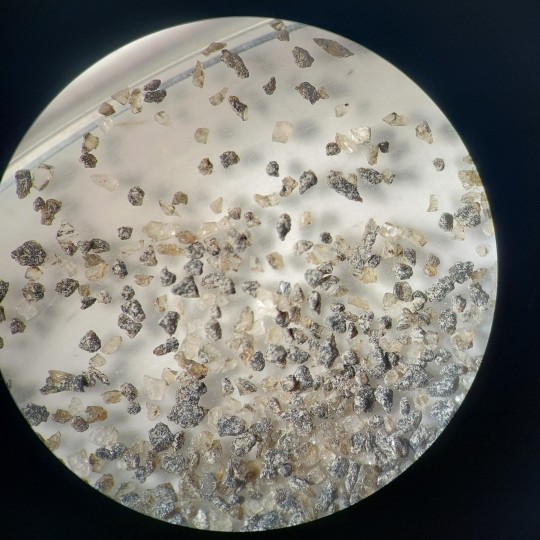
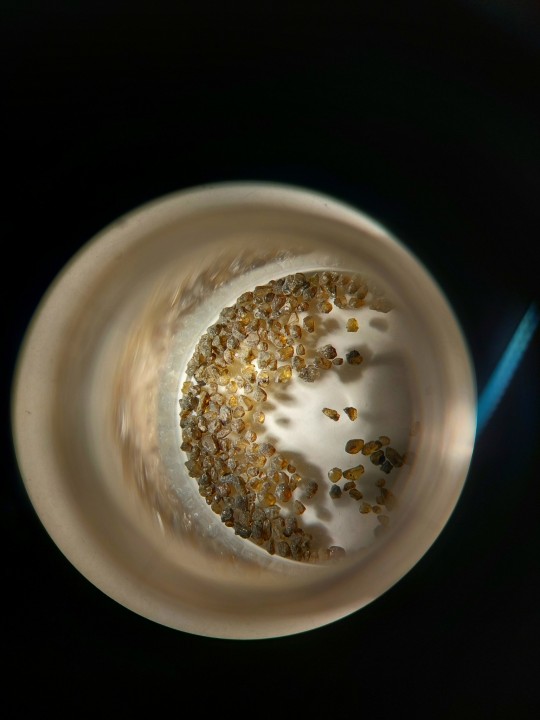
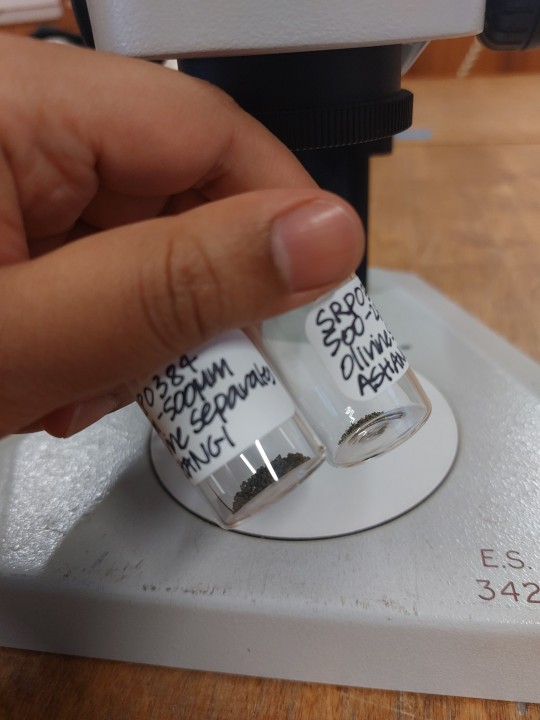
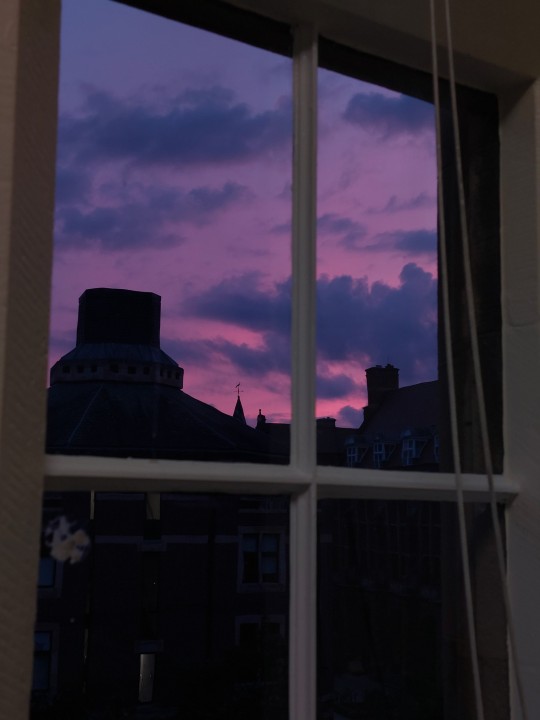
6 hours of olivine picking today (and I managed to catch quite the sunset on my way out of the department). Having exhausted my olivine-only phyric samples, and having gained what I believe is a sufficient understanding of what olivine looks like under the binocular microscope and how to distinguish it from other phases, I have now moved on to some of the cooler samples. This is from a plagioclase megacrystic flood basalt unit in Ethiopia, which I thought was going to cause me some trouble but instead proved to be chock full of (hopefully usable) olivines. The pale crystals are plagioclase, and under the light their cleavage planes are often visible. The greener ones (collected) are olivine, though some of the plagioclases have a greenish tinge (likely parts of plag-ol crystal clots). I believe the pyroxenes are restricted to the groundmass, but we'll see when I have a look under the SEM-EDS after I've mounted my crystals. The grey bits are groundmass - very finely crystallised material with the residual mineral phases that crystallised on eruption/rapid cooling (vs the larger phenocrysts, which crystallised at depth).
#geology#phdee#volcanology#my back is GONE my eyes are GONE my head is protesting#but thems the breaks
25 notes
·
View notes


